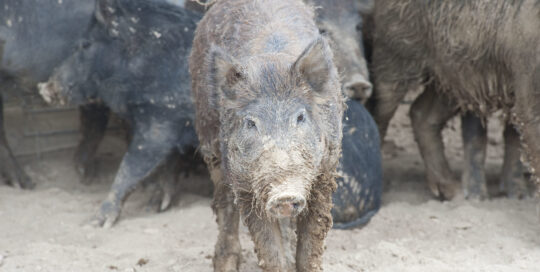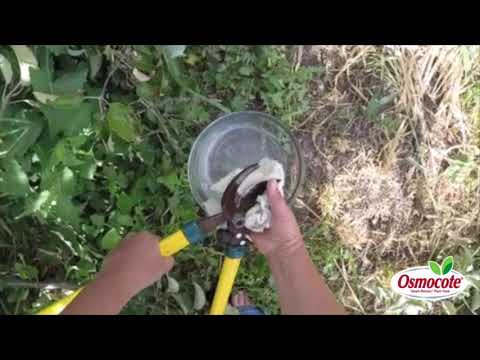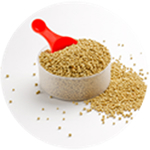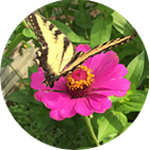Avoiding not-so ornamental insects on your Christmas tree
Views: 831
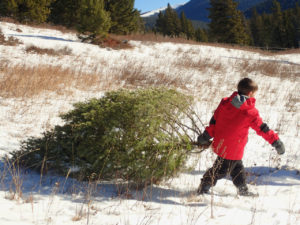
As an enthusiastic advocate of real Christmas trees, it’s true that insects like them, too. While this should not deter anyone from setting up a real tree keep a look out for unwanted holiday guests.
Holiday Indoor Plants for Your Home
Aphid eggs hatch in a warm home
With hundreds of varieties of aphids, of course there are some that particularly relish conifers. Since they typically overwinter as eggs, when you bring them inside… voila! You end up with newly hatched – and hungry – aphids.
Obviously, they’re not going to harm a cut tree. But the problem with having them is the mess they make excreting honeydew on the branches. This also encourages the growth of sooty mold. And no one wants sooty mold on your Christmas tree. In some climates, the honeydew also draws in ants, another unwanted visitor.
Aphids are not difficult to kill. A direct spray of water will often do the trick, but this can be messy in the house. The next best option is to use a napkin to gently squish and wipe them from the branches. Or, in a more severe infestation, spritz them with an insecticidal soap spray.
This isn’t Charlotte and friends
Yes, spiders can hitch a ride to the indoor climate on Christmas trees as they winter within the protection of the bark or branches. If you see one making a web within the greenery, the easiest remedy is to vacuum it away. Other than that, they really don’t cause any problems.
Mites are more difficult to see, and you might only notice them as tiny, red dots on the needles and branches. They can cause staining on carpet or fabric. One way to eliminate them if you notice them in the house, is to spray the insects with Neem-based spray.
When the flocking isn’t decorative
Flocking is beautiful on Christmas trees, but not if the appearance is caused by an adelgid infestation. These scaly-type insects, which are related to aphids, are a common pest of Christmas trees.
The good news is Christmas tree growers do everything they can to prevent adelgids from infecting the trees. They are very detrimental to commercial operations since they suck the life out of the trees. As a result, growers developed adelgid-resistant fir varieties, as well as treating them with various pesticides.
As a result, it’s rare you’ll bring them inside, but if you do, they don’t have the same honeydew producing qualities as aphids. Outside of looking like a bit of decoration, there is no consequence in leaving them.
Look for holes in the trunk
Bark beetles do a number on live trees, but if you happen to have them in the tree you cut for the holidays, you don’t have to worry about them invading your home. If they do emerge from holes in the trunk, they won’t burrow into any wood in the house, and will most likely quickly die from dehydration.
While there are probably a few insects on any tree, they’re typically not going to put a damper on the holiday festivities. For those who are very leery about bringing insects inside, set the tree outside or in the garage on a sheet and dust the tree with diatomaceous earth or spray it with neem oil. Give it a day, then shake the tree vigorously over the sheet to capture any of the dead insects. It should knock out the bulk of them.
Bringing in a few bugs during the holidays is no reason to opt for an artificial tree. Fresh trees epitomize the tradition and warmth of the season. It’s worth the possibility of an aphid or two to enjoy the season as it’s meant to be.
Meet Amy Grisak
Amy is a freelance author and photographer in Great Falls, MT who specializes in gardening, foods, and sustainable agriculture. She provides information on every kind…
Amy's Recent Posts
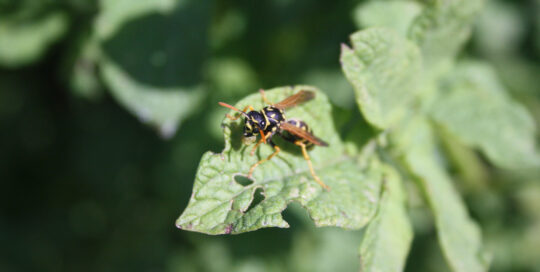
Looking into the Crystal Ball for a Pest Report
